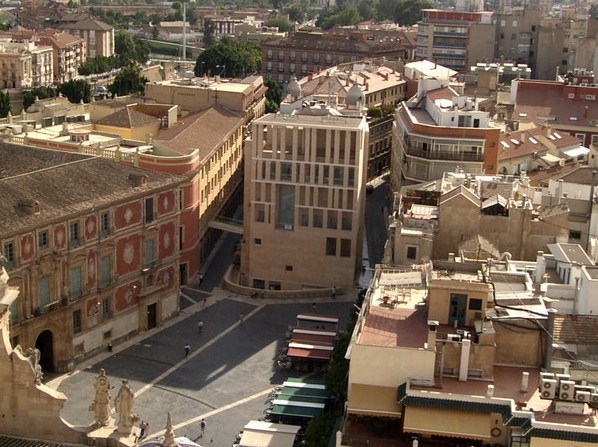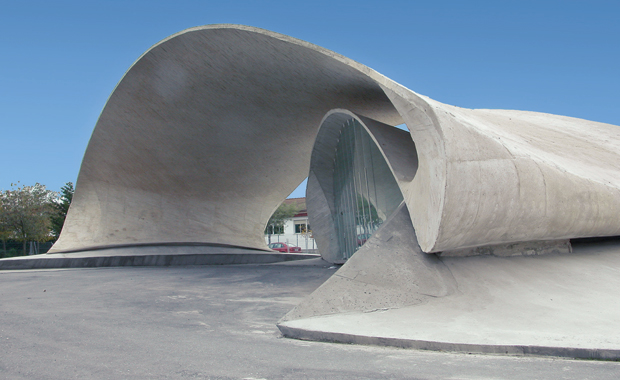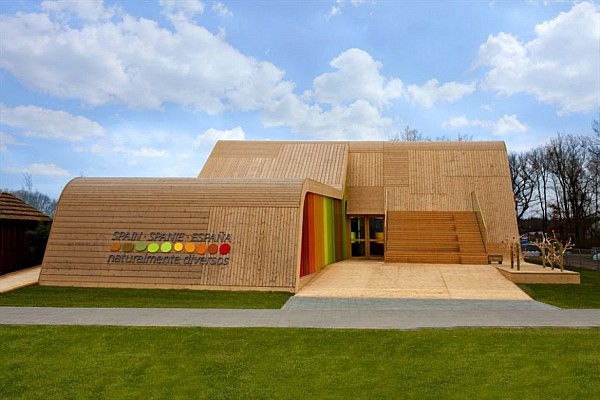This museum is located in the Buenavista Palace, Málaga (Spain). The palace was built for Diego de Cazalla, paymaster of the royal armies and navies, who took part in the conquest of the city in 1487. It is believed that he building was erected over the remains of a Nasrid palace of which some elements still survive, such as the tower to the east of the main courtyard.
Italian and Mudejar elements combine in this sober and elegant building. By the 19th century the palace had became less of a family residence and began to assume other roles.
Declared a National Monument in 1939, the palace was rented to the State in 1946 to house the Museo Provincial de Bellas Artes, which opened in 1961. The Museum remained there until 1997 when the building was acquired to house the Collection of the future Museo Picasso Málaga. This choice reflected the express desire of the principal donor, Christine Ruiz-Picasso, who envisioned the Collection to be housed in a typically Andalusian building.
In January 2006 the American Institute of Architects awarded the MPM the Institute’s Honor Award for Architecture. The jury singled out: “This is a beautiful job of restoration architecture… It is appropriately modest, weaving a museum into the fabric of this Mediterranean city… New portions were simply and elegantly inserted in and around the 16th century castle, the outdoor courtyards and the city streets.”




